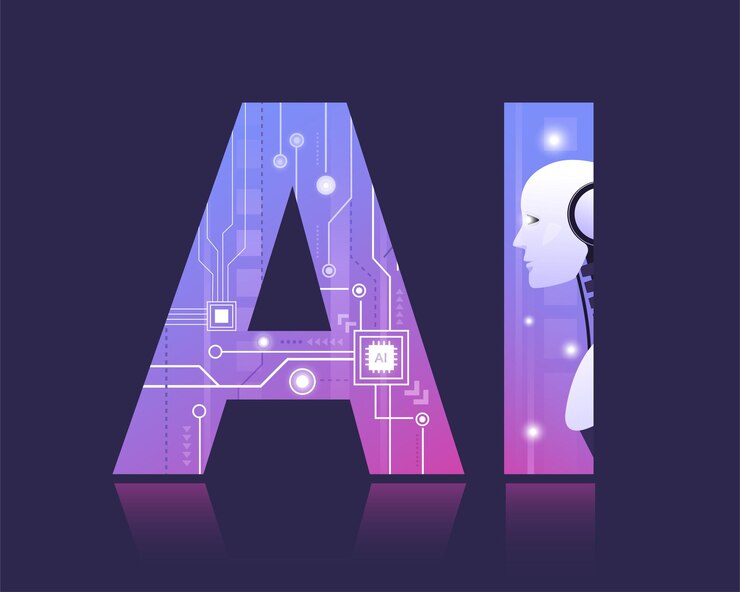AI on the Watch: The Future of Plagiarism Detection in the Digital Age
In today's world, where information is at our fingertips, the issue of plagiarism has become more complex than ever before. With the rise of artificial intelligence (AI), we are witnessing a new era in the fight against academic dishonesty. This article explores how AI is changing the landscape of plagiarism detection and what it means for students, educators, and content creators.
The Evolution of Plagiarism Detection
Gone are the days when teachers had to rely solely on their memory and expertise to spot copied work. The internet brought us simple tools that could compare texts and find matching phrases. But these early systems were easy to fool with simple tricks like changing words or rearranging sentences.
Now, we are entering a new phase where AI-powered systems are becoming smarter and more sophisticated. These advanced tools can understand context, recognize paraphrasing, and even detect ideas that have been borrowed without proper attribution.
How AI is Revolutionizing Plagiarism Detection
An AI plagiarism detector uses complex algorithms to analyze text in ways that were impossible before. Here are some key features of these new systems:
- Natural Language Processing: AI can understand the meaning behind words, not just match exact phrases.
- Machine Learning: These systems improve over time, learning new patterns of plagiarism as they encounter them.
- Cross-Language Detection: Some AI tools can even spot plagiarism across different languages.
- Source Identification: Advanced AI can trace ideas back to their original sources, even if the wording has been changed significantly.
The Challenges of AI in Plagiarism Detection
While AI brings many benefits to plagiarism detection, it also presents new challenges:
- False Positives: Sometimes AI might flag original work as plagiarized due to common phrases or ideas.
- Privacy Concerns: Using AI to scan student work raises questions about data protection and privacy.
- Accessibility: Not all institutions can afford the most advanced AI tools, potentially creating an uneven playing field.
- The AI Arms Race: As detection tools become more sophisticated, so do the methods to evade them.
The Impact on Education and Writing
The rise of AI in plagiarism detection is changing how we approach writing and education:
- Emphasis on Original Thinking: With AI making it harder to copy, there's a greater focus on developing unique ideas.
- Teaching Proper Citation: Educators are putting more effort into teaching students how to properly attribute sources.
- Rethinking Assignments: Some teachers are moving away from traditional essays to projects that are harder to plagiarize.
- Continuous Assessment: There's a trend towards ongoing evaluation rather than high-stakes final papers.
The Future of Academic Integrity
As we look to the future, several trends are emerging:
- Integration with Learning Management Systems: AI plagiarism checks may become a standard part of submitting assignments online.
- Real-Time Feedback: Writers might get instant feedback on potential plagiarism as they write.
- Blockchain for Verification: Some experts suggest using blockchain technology to create unalterable records of original work.
- AI-Assisted Writing: Ironically, AI might also help writers avoid unintentional plagiarism by suggesting proper citations.
Ethical Considerations
The use of AI in plagiarism detection raises important ethical questions:
- Fairness: How do we ensure AI systems don't discriminate against certain writing styles or non-native speakers?
- Transparency: Should students have the right to know how their work is being analyzed?
- Human Oversight: What role should human judgment play in the final decision about plagiarism?
- Creativity vs. Conformity: Could over-reliance on AI detectors stifle creative expression?
Conclusion
The future of plagiarism detection is undoubtedly intertwined with AI. These powerful tools are reshaping our understanding of academic integrity and originality. While they offer tremendous potential to promote honest scholarship, we must also consider their limitations and ethical implications.
As we move forward, we must strike a balance between leveraging AI's capabilities and maintaining the human elements of education and creativity. The goal should be to foster an environment where original thinking is valued and properly attributed, rather than creating a culture of fear around potential plagiarism.

